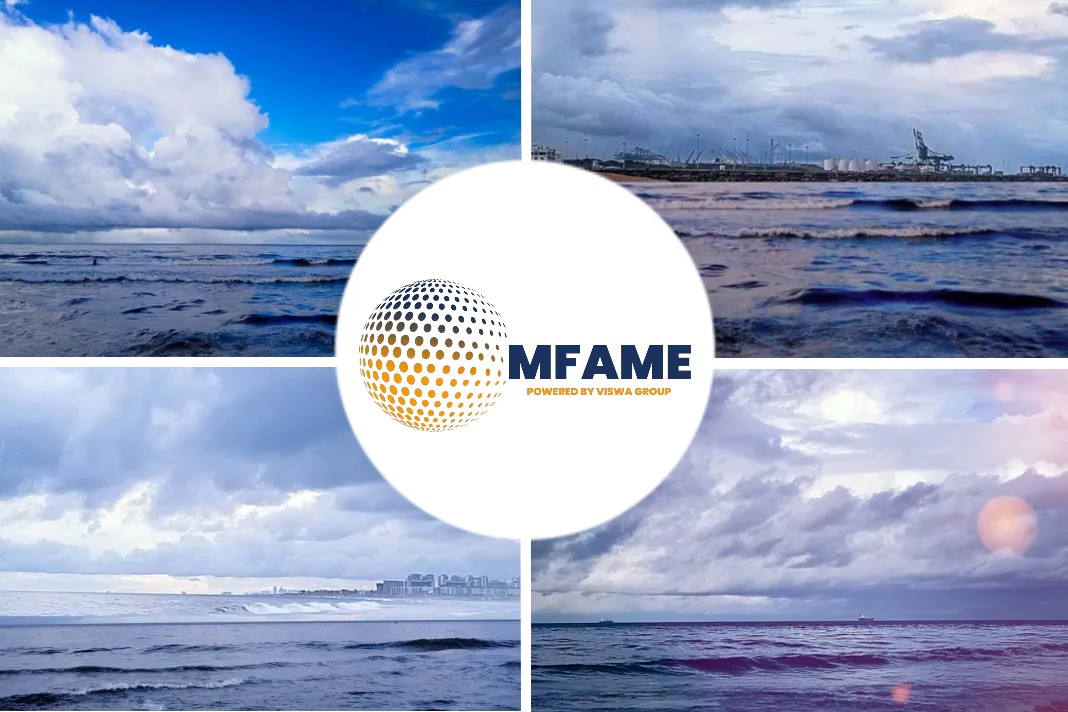With only a couple of years until the global cap on sulphur emissions is introduced, Wilhelmsen Ship Management’s offers some key considerations for owners planning to comply by installing scrubbers, says Sanjiv Rastogi, head of new building and technical services, Wilhelmsen Ship Management.
Looking at the current conditions of the industry and the expected cost and availability of low-sulphur marine fuel in two years’ time, we expect many shipowners to consider the option of retrofitting exhaust gas scrubbers for their active vessels.
Wilhelmsen Ship Management recommends shipowners, to start planning their strategy to comply with the 2020 regulation as soon as possible. If scrubber retrofitting is selected, the process must start soon, so that the vessel will be ready by 1 January 2020. Shipyard capacity is also available now, but is likely to tighten in the years after 2020 as more ships opt for scrubber retrofits.
Considerations for Ship retrofitting
Ship structure
Does your vessel’s structural design allow for the installation of scrubbing equipment? The availability of space can limit and even hinder the type of scrubbers you intend to install. In many cases, the funnel is modified extensively for a tailor-made system. For newbuildings, the shipowner can select “scrubber ready” notations for easy retrofit in future.
Age and size
With older vessels, there is less payback time for the investment in the installation. For a very old vessel, it may be more economical to switch to cleaner fuel alternatives. The payback is also better for ships with high-power engines – it is not viable to plan retrofit for ships with low-power engines. A simple calculation can be carried out based on the spread between cost of low-sulphur fuel oil and high-sulphur marine fuel, the cost of the scrubber (including operating cost), annual fuel consumption and residual ship life to justify your decision.
Vessel type
Ships with a high public profile, especially cruise and passenger types, are more scrutinised than others for green credentials. Such vessels spend more time in the emission control areas, so use of scrubbers would provide immediate payback even before 2020. Much of the installation work in passenger vessels can be accomplished during regular commercial operations as the vessel can accommodate many workers during voyage.
Scrubber type
Open-loop scrubbers may be more suitable for vessels performing long voyages compared to other types. Closed-loop scrubbers are uncommon and offer limited flexibility. Hybrid scrubbers appear to be a more popular choice as they cope with most situations.
Support and maintenance
Consider reliable manufacturers that can provide customer and technical support after installation. Ask for the warranty period and their global presence, especially at your trading patterns.
Modification works
The retrofitting project is complicated and work must be started well in advance. Shipyards currently lack retrofit experience, so a good project manager is recommended.
A turnkey solution may also be considered. A typical exhaust scrubber retrofit can take 4-6 weeks in shipyard – excluding the pre-planning design and engineering stages. However, very good project management and preparation is required to achieve this.
A complete exhaust gas scrubber installation takes about one year from selection to designing to engineering to procurement to docking and finally commissioning.
Scrubber selection considerations
After selecting the exhaust gas scrubber type, there are further details for shipowners to consider, as Rastogi explains.
Materials and corrosion
Exhaust gas scrubber units and the full system components face very corrosive products at high temperature. Higher grade materials have more resistance to oxidation, corrosion and high temperature. Hence, it is important to carefully access materials offered by makers – this includes the scrubber, pipes, tanks, valves, coating systems, containment systems, monitoring equipment.
Electrical loads
Additional electric power is required to run sea water and process pumps. Other loads include possible exhaust fans, separators, dosing units, control processors, sensors and monitoring equipment. Assessment of available power is to be carefully carried out under different conditions.
Installation spaces
Depending on the complexity of the system, a vessel will needs to be checked for funnel modification, installation of deck compartment and modification of cargo hold.
Back pressure
Some exhaust gas scrubber units may produce back pressure. With increased back pressure, the engine needs to use more power to overcome it. This can be reduced by careful design of the exhaust gas scrubber unit.
Hull protection
The scrubber overboard pipe and hull in the vicinity needs to be protected and must be kept at a safe distance from any other sea chests.
Safety and crew training
Crew should be fully trained to handle the system and hazardous chemicals used during the process. They must be trained to deal with medical emergencies. A new set of manuals must be prepared and maintained subject to a regular quality revision.
Did you subscribe for our daily newsletter?
It’s Free! Click here to Subscribe!
Source: The Motorship






















